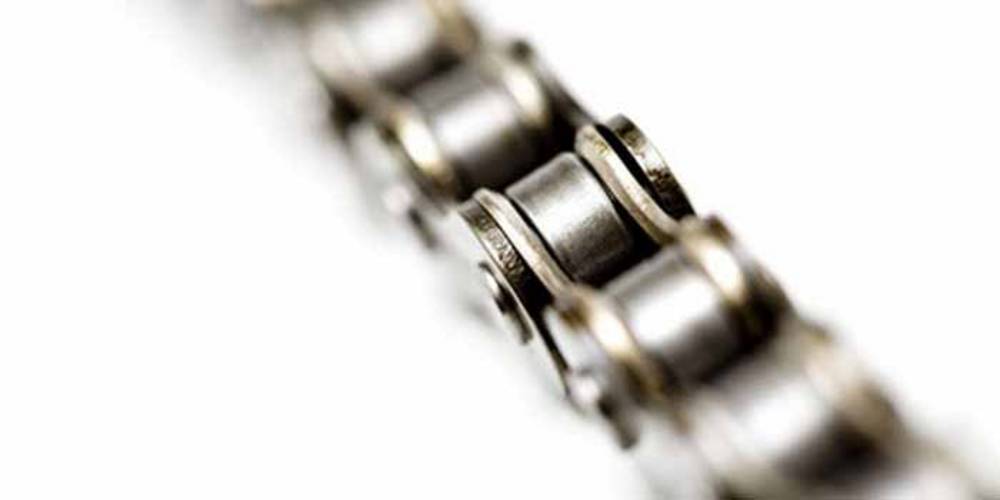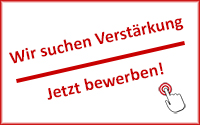The third article in our series Lift table types and their advantages and disadvantages deals with the push-pull chain drive in a lift table .
How it works
The lifting and lowering movement in an ordinary scissor lift table is achieved by moving the scissor structure together and apart. In a lift table with a push-pull chain, the scissors only act as a guide. The actual lifting and lowering movement is executed by the push-pull chain, as the chain is deflected in the direction of the platform by the actual drive. During the deflection, the chain is "threaded" so that the individual chain links are positively locked. This enables them to transmit pressure forces and raise the platform.
Relieving the load on the scissors
As explained at the beginning, the load on the scissors is relieved by the push-pull chain. The force required to lift the load is not transmitted to the platform via the scissors, but directly via the push-pull chain.
In this design, the scissors only guide the platform. This means that it can be implemented in a more lightweight, slimmed-down design. This reduces the weight to be lifted, which in turn has a positive effect on the drive cable to be installed and the energy consumption.
No hydraulic oil
Mineral oils are usually used for the transmission of force in hydraulic scissor lift tables . The disadvantage of this is that there is a risk of leaks and special oil must be used, especially in the food sector. The transmission of force in lift tables with a push-pull chain drive is purely mechanical. Mineral oils are only used as lubricants in the mechanical drive train of the lift table.
High positioning/holding accuracy
In belt-drive scissor lift tables, small positional deviations can occur due to the elongation of the flat belts. Due to unavoidable leaks in the installed valves, the platform of hydraulic lift tables slowly lowers when the lift table is out of service for several days. The purely mechanical transmission of force of lift tables with push-pull chains eliminates this problem, so that a position can be held safely even over a very long period of time.
Point load transfer
In the traditional lift table designs, the load is transferred via the four contact points of the scissors with the platform. The push-pull chain transmits the force via a single point only. This must be taken into account in the design by an appropriately rigid platform. The result is a very heavy platform, which increases the drive power and acquisition costs.
An alternative option is to replace a single push-pull chain with several push-pull chains. This allows a more even transmission of force, which is particularly desirable for large platform dimensions. However, the investment costs also increase and more effort is required to ensure that all push-pull chains run synchronously. A variance between the individual chains would cause an unintentional misalignment.
High overall height
Although it is possible to "roll up" the push-pull chain chain when it is not tensioned, the deflection mechanism has a certain overall height. Consequently, a push-pull chain drive can only be used if the overall height of the lift table does not have to be limited to a minimum.
"Levering out" of the scissor lift mechanism
The scissor structure of a lifting table becomes stable when load is applied to it. With the push-pull chain drive, this functional principle does not apply. As a result, the play of the individual components has a greater effect and the scissors become shakier.
If tight guidance is required, care must therefore be taken to ensure that the manufacturing tolerances are correspondingly low. This problem is particularly noticeable with the non-locating bearing of the guide scissors. If manufacturing tolerance is too high in this area, the guiding function is lost.



Comments (0)
No comments found!